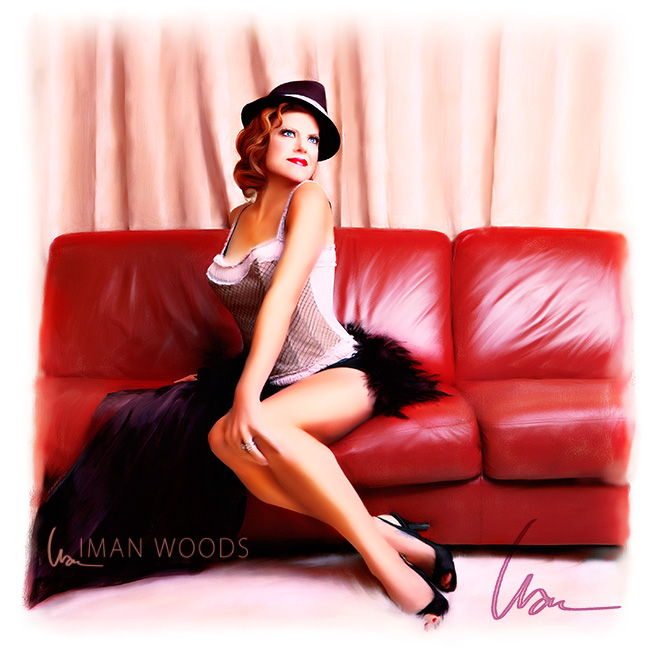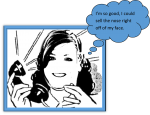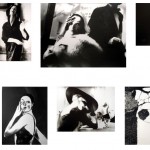Last updated on May 19th, 2025 at 06:02 pm
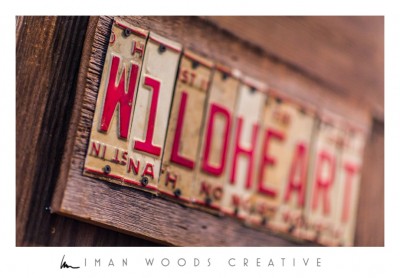
My experience with professional photographer burnout didn’t burst through the door one day—it crept in like fog, quiet and unrelenting. It settled over me like a lead blanket. I stopped picking up my camera just for joy. It stayed locked away, only surfacing for paid work. I thought if I just became more productive, I could shake the weight of my feelings. My ex-husband lost his job, and I worked even harder. The harder I worked, the more I felt disconnected from the artist I once was.
The online messages from other women in the field helped—support matters. But underneath, I was just tired—tired of being sick with Lyme disease, tired of grinding out work, and tired of feeling like the spark that made me love this career had died.
Here’s the truth: artists don’t create because we’re supposed to. We create because we’re moved to make meaning from what we feel. And when that channel is blocked—when life feels like it’s just about survival—it’s hard to make anything at all. I didn’t realize how deep I was until one week, when my creative spirit stirred again. The fog began to lift. And that’s when I knew: burnout had seeped into my bones.
One thing I wish our industry did better? Talk openly about failure. About the jobs we don’t get. About the ways we hide behind gear that no longer serves us.
Inspired by internationally acclaimed photographer, educator, and entrepreneur Sal Cincotta’s honesty about how our growth as professional photographers often stems from acknowledging our imperfections and striving beyond them. Here’s mine: I failed a job I cared deeply about—a shoot for someone I admire professionally and personally. I used my old Canon 1DS Mark II and did my best to work around its focusing issues and relentless sensor dust. I’d had it serviced again and again. But the images didn’t meet my standard. I was crushed. I could have rented a camera. I could have upgraded sooner. But I didn’t. I waited too long.
So what did I do? I finally bought a new camera. I chose the Canon 5D Mark III and paired it with the 135mm F2L and the 85mm F1.2 lenses. Normally, I would be pacing by the door, giddy for the UPS delivery. This time, the boxes just sat there. Depression robs you of anticipation. My best friend finally told me: Open it. Just open the box.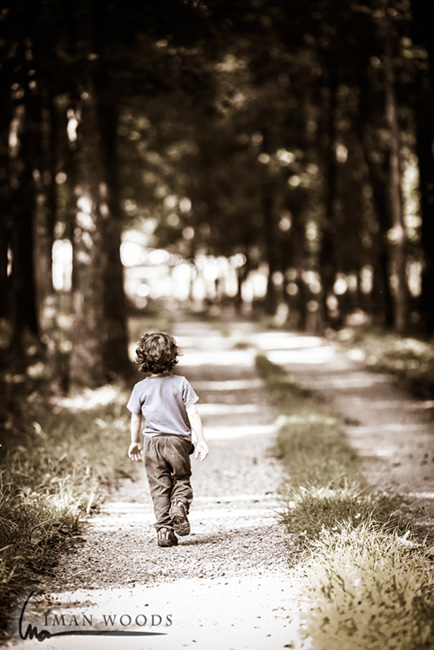
So I did. And something clicked—literally and emotionally.
That first touch, that first click of the shutter—I felt something shift. The 5D felt good in my hands. It felt lighter, faster, and more intuitive. It felt like a possibility. I started carrying it everywhere. I started seeing again, not with my eyes, but with that part of me that used to get excited about the light on a kitchen table or a fleeting expression on my child’s face.
If you’re reading this and nodding along, here’s what I want you to know:
1. Give yourself permission to rest. Creativity doesn’t thrive under pressure and guilt. You need time to recharge like a battery without feeling “behind.”
2. Say no. Protect your time and energy by taking on fewer shoots or picking ones that truly excite you.
3. Change your tools. If your gear frustrates you, that friction will bleed into your work. You don’t have to buy the newest flagship model, but you do need tools that work with you, not against you.
4. Photograph the mundane. Don’t wait for a perfect sunset or styled session. Photograph your dog, your coffee, the light in your kid’s hair. Shoot without purpose. That’s how you reawaken your eye.
5. Talk to other creatives. Find your people—the ones who get it. Join forums, send the DM, and reply to the post. Sometimes, just knowing you’re not alone can crack open the door to recovery.
6. Let failure teach you. That VIP shoot that didn’t go well? It taught me more than a hundred successful jobs. Don’t bury the lessons—use them.
7. Get professional help if you need it. Burnout can mask deeper mental health issues. Therapy, coaching, or even just talking to your doctor can help you make space to heal.
I’ve been so hard on myself these past four years. But I was navigating trauma, illness, loss, and transition. No wonder the camera felt heavy. You can’t create beauty from emptiness. You need nourishment. Rest. Play. Time.
Lately, I’ve been walking more. Watching movies again, sitting on the porch, and letting the stillness hold me. Slowly, I’ve been photographing simple, beautiful things again—because I want to.
If you’re surviving burnout, you’re not broken. You’re tired. And there is light at the end of the tunnel—not the glaring spotlight of pressure and performance, but a softer light, a gentle glow.
The kind you see when you finally start to see again.

Iman Woods is an American artist who specializes in pin-up photography. Through a unique and therapeutic process, she’s spent over a decade in perfecting, Iman helps women undo the damage from a negative self-image and unrealistic beauty industry expectations. She helps women embrace their own style of beauty and see themselves in a new light. You can find her on her website, ImanWoods[dot]com.
Note: Articles by Iman may contain affiliate links and may be compensated if you make a purchase after clicking on an affiliate link.
